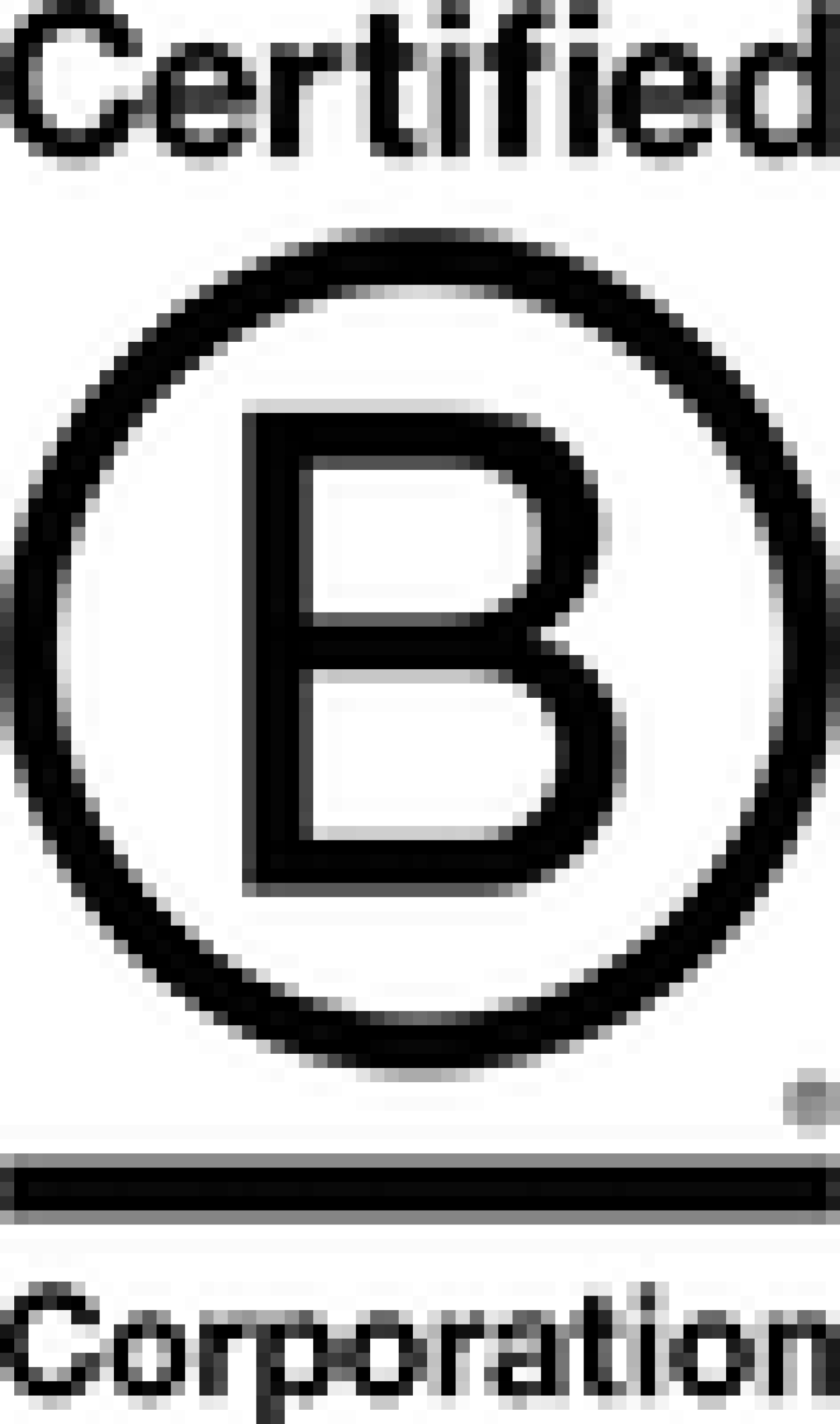Slack as a hub for your business; Inside The Studio

Inside The Studio is our behind the scenes series which lifts the lid on how we run our Digital Product Studio.
We’re giving away our tips, tricks and processes which help us grow year after year.
Slack, a communication platform for teams, is a vital part of our toolkit at Steadfast Collective. Slack was started back in 2013, a spin-out from the multiplayer game Glitch. (https://techcrunch.com/2019/05/30/the-slack-origin-story/)
Now worth 20 billion dollars, Slack has grown into a mammoth platform often seen in digital businesses across the world. Slack is used by one person teams and 300,000 person teams.
IBM recently agreed to onboard over 300,000 staff into its Slack group, allowing company-wide communication.
When meeting with business owners, I find myself often surprised they’re not using Slack or similar product.
Many small and medium-sized businesses are using WhatsApp for their internal communication, which never has been the primary use case for a tool such as WhatsApp.
Using a tool such as Slack allows yourself and your team to create space between, instant and often personal communication platforms such as, WhatsApp or SMS, and a more flexible disturbed tool which has the prevision for notification management on a per-group basis such as Slack.

Let’s jump into an example.
You run a small fashion business who sell primarily online with a team of 5. Currently, you may be relying on email and WhatsApp to communicate throughout the office.
Let’s hypothetically set up Slack and have the team install the application on their devices.
We’ll start with the primary channels (different groups of people to talk about specific topics)
General – for company-wide announcements
Sales – Not only talk about sales but instant alerts for new sales
Marketing – A group for those involved in marketing to share assets, ideas and plans
Support – Instant notifications from your chosen support platform, which can be discussed and publicly seen throughout the organisation
Not only can Slack channels be used for sharing text and files, but integrations with other tools can also have input into Slack too.
A great example would be Shopify. Shopify can deliver instant sales notifications directly into a channel of your choice.

Slack is fantastic at distributing information to everyone quickly, which can cause its own headaches. Let’s chat through a few basic rules for a healthy Slack group!
– Slack isn’t a full-time job. Set the culture of reading when ready. @‘ing people should be reserved for urgent messages, allowing people to browse Slack in their own time. Not in real-time.
– Only be in channels which are required. Slack groups often have 10s or 100s of Slack channels. Being in every single channel is going to be exhausting. Keep channels niche and relevant.
– Slack over email. We choose at Steadfast Collective to use Slack for nearly all internal communication. This gives us a single place to search and archive data.
So, if you’re running a team and don’t have Slack or a similar tool in place, why not? Get in touch with any questions you may have about getting started on Slack!
More Articles

Unexpected Entrepreneur spotlight: Howard Schultz
Have you heard about Summit, our new community for Unexpected Entrepreneurs? Summit is the new home of inspiration for Unexpected Entrepreneurs looking to refine their idea or grow their businesses to the next level.

Unexpected Entrepreneurs - Patagonia founder
Yvon Chouinard is the founder of the well-known outdoor brand Patagonia. However, being the founder of a huge business is never something he set out to do - it was an unexpected venture.

The Missing Ps of Marketing Strategy
Growth. As founders we chase it, especially in the early days. Each month and quarter is defined by financial growth. No matter your product or service, saleability and growth is crucial.

